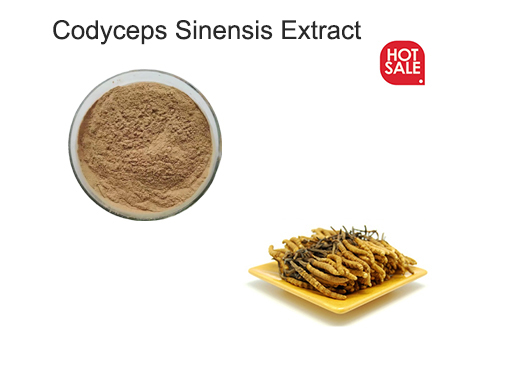Cordyceps, also known as Cordyceps sinensis or Cordyceps militaris is a type of medicinal mushroom said to offer antioxidant and anti-inflammatory benefits. Long used in traditional Chinese medicine, cordyceps is available in the United States as a dietary supplement.
There are 400 species of cordyceps, most of which are native to Bhutan, China, Korea, Nepal, Thailand, and Vietnam. The most well-known medicinal species is Cordyceps sinensis (now known officially as Ophiocordyceps sinensis). The mushroom has a long, finger-like body and is usually a brown or orangish-brown color.
So valued is wild cordyceps in China that a kilogram often costs in excess of $20,000. Most supplements today are made from an engineered fungal culture that has the biological characteristics of C. sinesis but cannot produce the mushroom itself.
Cordyceps is often referred to as the caterpillar fungus because of its thin,tubular shape.in traditional chinese medicine,it is called Dong Chong Xia Ca .
Cordyceps sinensis extract nourishes the lungs and kidney, and tonifies the essence and vital energy. In traditional Chinese medicine, cordyceps sinensis is considered to benefit the lung and kidney channels. It is commonly used by the elder in China as a type of "super-ginseng" for rejuvenation and stamina.It can be used in the treatment of resisting arrhythmia, relieving inflammation and nourishing the kidney. Used for atria premature or ventricular premature beat, chronic nephritis and chronic renal insufficiency.

The cordyceps mushroom is loaded with a wide array of antioxidants, enzymes and vitamins that contribute to its healing effects. Some of the compounds that have been identified in the cordyceps nutrition profile include:
·Cordycepin
·Cordycepic acid
·N-acetylgalactosamine
·Adenosine
·Ergosterol and ergosteryl esters
·Bioxanthracenes
·Acid deoxyribonuclease
·Superoxide dismutase
·Protease
·Dipicolinic Acid
·Lectin
Cordyceps are considered a time-honored superfood that first originated in Traditional Chinese Medicine at least 5,000 years ago. Their medicinal uses were described in old Chinese medical books, and traditional holistic healers have been using them to treat dozens of diseases without the use of chemical medications for generations.
Local folk healers were said to use cordyceps either alone or in combination with other TCM herbal treatments to fight more than 20 different ailments, ranging from bronchitis to heart disease.
Cordyceps and other medicinal plants have long been used in Chinese, Christian and Hindu religious ceremonies and are believed to be linked to longevity and immortality. In Ayurvedic medicine, for example, mushrooms are said to be beneficial for enhancing “vigor and vitality.”
The name “cordyceps” actually comes from the Latin words “cord,” meaning club and “ceps,” meaning head. Cordyceps is actually the name of a genus of fungi, but there are an estimated 400 species within the genus.
Some of the most notable species include Cordyceps sinensis, Cordyceps militaris and Cordyceps ophioglossoides.
Although they have long been known for its healing effects in many forms of traditional medicine, recent research has begun to confirm the health-promoting properties of these powerful mushrooms. In fact, studies show that cordyceps may have anti-cancer, anti-microbial and anti-inflammatory activities and can be beneficial in treating a long list of health concerns.

Common side effects of cordyceps include:
1,Increased symptoms of Autoimmune diseases
2,slow blood clotting
3,Increased risk of bleeding during surgery
1,Do not take cordyceps sinensis if you are allergic to cordyceps or any ingredients contained in this drug
2,Keep out of reach of children,in case of overdose,get meical help immediately
3,Contraindications :Lactation,pregnancy